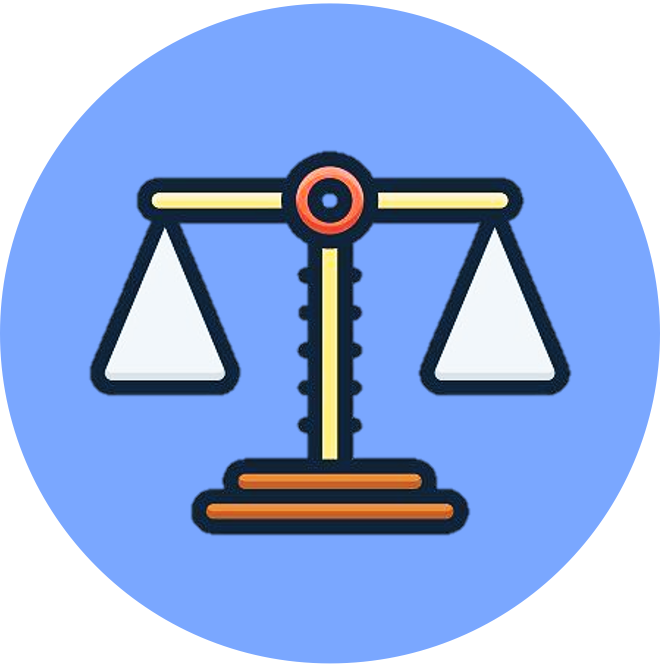

System Integration
SL Content Statements
-
C3.1.1
System integration
-
This is a necessary process in living systems. Coordination is needed for component parts of a system to collectively perform an overall function.
-
C3.1.2
Cells, tissues, organs and body systems as a hierarchy of subsystems that are integrated in a multicellular living organism
-
Students should appreciate that this integration is responsible for emergent properties. For example, a cheetah becomes an effective predator by integration of its body systems.
-
C3.1.3
Integration of organs in animal bodies by hormonal and nervous signalling and by transport of materials and energy
-
Distinguish between the roles of the nervous system and endocrine system in sending messages. Using examples, emphasize the role of the blood system in transporting materials between organs.
-
C3.1.4
The brain as a central information integration organ
-
Limit to the role of the brain in processing information combined from several inputs and in learning and memory. Students are not required to know details such as the role of slow-acting neurotransmitters.
-
C3.1.5
The spinal cord as an integrating centre for unconscious processes
-
Students should understand the difference between conscious and unconscious processes.
-
C3.1.6
Input to the spinal cord and cerebral hemispheres through sensory neurons
-
Students should understand that sensory neurons convey messages from receptor cells to the central nervous system.
-
C3.1.7
Output from the cerebral hemispheres to muscles through motor neurons
-
Students should understand that muscles are stimulated to contract.
-
C3.1.8
Nerves as bundles of nerve fibres of both sensory and motor neurons
-
Use a transverse section of a nerve to show the protective sheath, and myelinated and unmyelinated nerve fibres.
-
C3.1.9
Pain reflex arcs as an example of involuntary responses with skeletal muscle as the effector
-
Use the example of a reflex arc with a single interneuron in the grey matter of the spinal cord and a free sensory nerve ending in a sensory neuron as a pain receptor in the hand.
-
C3.1.10
Role of the cerebellum in coordinating skeletal muscle contraction and balance
-
Limit to a general understanding of the role of the cerebellum in the overall control of movements of the body.
-
C3.1.13
Control of the endocrine system by the hypothalamus and pituitary gland
-
Students should have a general understanding, but are not required to know differences between mechanisms used in the anterior and posterior pituitary.



